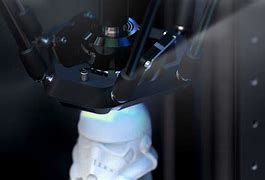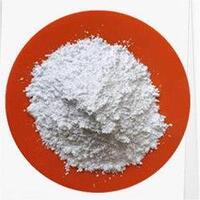**3D Printing Magic: What Can You Actually Create?**
(What Material Can You 3d Print)
Imagine a machine that turns digital dreams into real objects. That’s 3D printing. It’s not just plastic toys anymore. Today, the materials you can print with are wilder than ever. Let’s dive into the weird, wonderful world of 3D printing materials.
**Plastic: The Classic Starter**
Most people start with plastic. It’s cheap, easy, and comes in every color. PLA plastic is the favorite. Made from cornstarch, it smells like candy when melted. ABS plastic is tougher. It’s the stuff LEGO bricks are made of. Just don’t breathe the fumes—it smells like burnt popcorn. PETG is another option. It’s strong, flexible, and water-resistant. Think soda bottles but in 3D form.
**Flexible Stuff: Bend It, Squish It**
Want something that bends? TPU and TPE filaments are your friends. These materials act like rubber. Print phone cases, shoe soles, or even squishy toy parts. They’re stretchy but hold their shape. Imagine a yoga mat turned into a 3D object.
**Metal: Heavy-Duty Magic**
Yes, metal. Printers can now handle stainless steel, aluminum, even titanium. These aren’t your desktop machines—industrial printers use lasers or glue metal powder layer by layer. The results? Aerospace parts, custom tools, or jewelry that looks hand-forged. Metal prints are heavy, shiny, and tough enough to survive a hammer hit.
**Nylon: The Tough Guy**
Nylon isn’t just for backpacks. Print gears, hinges, or parts that need to last. It’s strong, slightly flexible, and resists chemicals. Nylon can handle friction, so it’s perfect for moving parts. Downside? It’s picky about printing temperatures. Get it wrong, and your print warps like a banana in the sun.
**Wood… Sort Of**
Wood filament mixes PLA with sawdust. The result? Prints that look and smell like wood. Sand them, stain them, even carve details. You’re not printing a log cabin, but small decor items like picture frames or fake plants get a rustic vibe. Bonus: every print has unique wood-like textures.
**Ceramic: From Printer to Oven**
Ceramic printing starts with clay-like paste. After printing, fire it in a kiln. You get real ceramic—mugs, vases, or art pieces. It’s messy, slow, and needs baking, but the results are worth it. Just don’t drop it.
**Conductive Ink: Circuits in 3D**
Printing electronics? Conductive materials let you embed circuits into objects. Think custom sensors, LED-lit designs, or touch-activated buttons. It’s not perfect yet, but imagine printing a flashlight that works straight off the printer.
**Resin: Detail Freak’s Dream**
Resin printers use liquid that hardens under UV light. The detail is insane—miniature figures, dental molds, or jewelry with patterns thinner than a hair. Resin comes in types: tough, flexible, even glow-in-the-dark. Just wear gloves—raw resin is sticky and toxic.
**Food: Yes, Really**
Edible printing exists. Chocolate, sugar paste, even pancake batter. It’s gimmicky but fun for custom cake toppers or wedding cookies. Don’t expect a Michelin-star meal, though.
**Concrete: Print a House**
Giant printers squeeze out concrete layers to build walls, benches, even entire houses. It’s slow and loud, but architects love it for crazy designs.
**The Limits? Your Imagination**
New materials pop up all the time. Carbon fiber mixes for super-strong parts. Glow-in-the-dark filaments for Halloween props. Even bio-inks for printing human tissue. The question isn’t “what can you print?” but “what can’t you print… yet?”
(What Material Can You 3d Print)
No fancy labs needed. Hobbyists experiment daily. Mix materials, tweak settings, fail, try again. That’s the real magic—turning “what if” into “here it is.”
Inquiry us
if you want to want to know more, please feel free to contact us. (nanotrun@yahoo.com)

